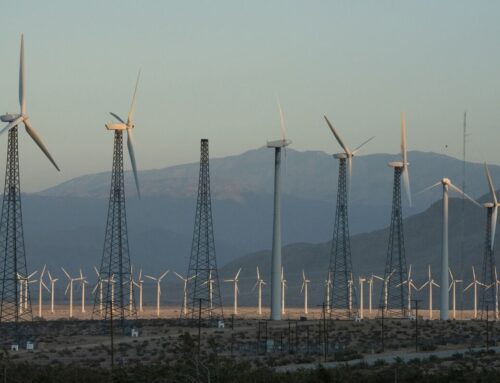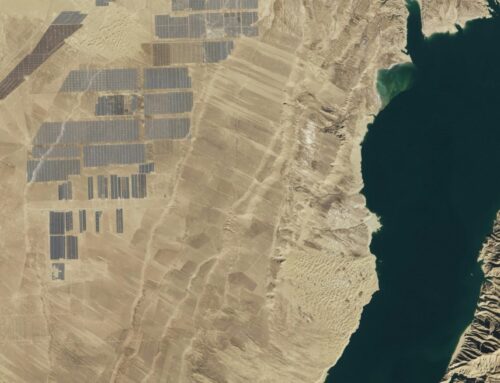Tatarstan’s environmental well-being increased almost 1,5 times i
March 31, 2025
Green Patrol Russian public organization published an environmental rating of Russian regions based on the results of the winter of 2024-2025. The list, which has been compiled since 2007, reflects the state of the environment in the country and is published every season. Altai Republic is the leader where, on the initiative of Tatarstan, a research centre for the study and breeding of snow leopards was built, and Sverdlovsk Region is the outsider. The republic is located in the middle of the rating, and in general its well-being is improving from year to year. Read more about it in a report of Realnoe Vremya.
Fuel oil emissions marred the winter season
Chairman of the Green Patrol Andrey Nagibin said that the winter season was marred by a serious environmental disaster — a fuel oil spill in the Black Sea on 15 December 2024.
“The main blow fell on the shores of Anapa and the Temryuk district of Krasnodar region as well as Kerch and Sevastopol,” Nagibin added.
According to him, volunteers from all over the country actively participated in cleaning the coast, and several thousand people came to Anapa alone.
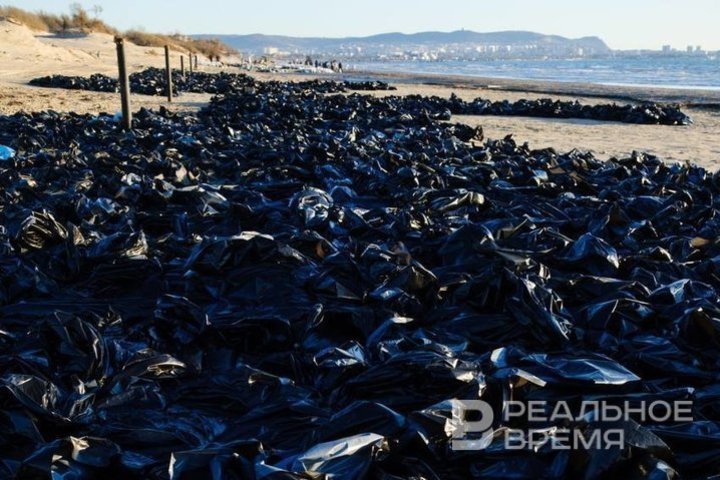
Roman Pukalov, director of environmental programs, said that the winter was unusually mild and there were no serious frosts in most regions.
“Positive environmental changes were observed in the north of Russia, for example, air quality monitoring was launched in Norilsk,” he emphasized.
- Arctic regions such as Arkhangelsk Oblast and Yamalo-Nenets Autonomous District showed growth in the ranking.
In the south of Russia, the situation was more difficult. Krasnodar Krai lost nine positions in the ranking due to a fuel oil spill, the Republic of Crimea and Sevastopol also ended up in the minus due to the incident. The positions of Siberian regions were negatively affected by problems with air and water pollution.
This year, the top 10 leaders and outsiders in the environmental ranking are as follows:
Arctic regions such as Murmansk and Arkhangelsk Oblasts demonstrate steady growth due to capital-intensive environmental measures. For example, two large landfills were eliminated in Murmansk, and unauthorized landfills were reclaimed in Arkhangelsk region, which helped it rise in the ranking to 33rd place.
Tatarstan shows growth in the environmental rating
As for Tatarstan, the republic’s consolidated environmental index continues to grow and now stands at 73, which is two points higher than in the summer of 2024, when it was 71. Despite this, the region ranks 55th in the National Environmental Rating, which has not changed since the fall period. We emphasize that since the winter of 2024, the region’s indicator exceeded 70 points in the environmental rating for the first time since the beginning of the research. The region’s index continues to grow.
Head of the Environmental Initiatives Department of the Green Patrol Anastasia Faterina told Realnoe Vremya that air and water pollution problems remain relevant in Tatarstan. However, the region also demonstrates positive trends in the environmental field.
“For example, an updated industrial waste landfill was launched in Nizhnekamsk. It was opened back in the eighties, and in 2023, one of the largest oil and gas chemical companies carried out a large-scale reconstruction, investing about 2 billion rubles in the project,” Faterina said.
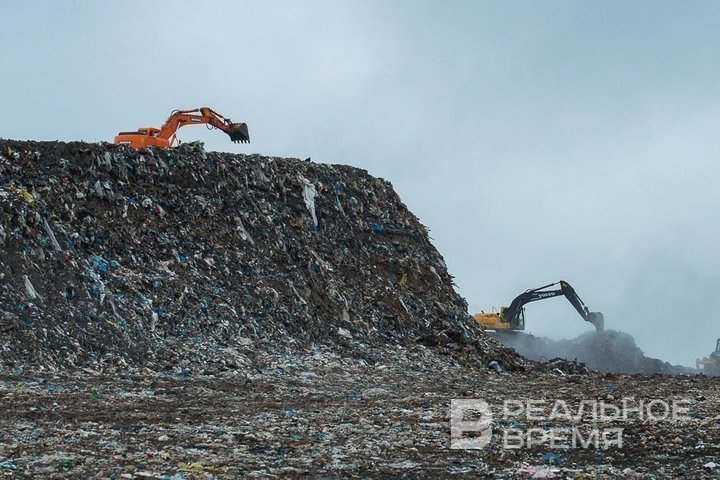
According to the expert, Tatarstan’s plans for 2025-2027 also inspire hope for further growth in the rating. In the coming years, such significant events are planned as:
- cleaning the Melekeski River in Naberezhnye Chelny;
- cleaning the Noksa River bed in Kazan.
Let us recall that more than a billion rubles have been allocated for these works within the framework of the new national project Environmental Well-being. The project will be a continuation of the national project Ecology and will be implemented by 2030. In total, 21.6 billion rubles have been allocated in the republic for the implementation of the national project. These funds were used to improve the environmental situation in the region. Of the total amount, 17.2 billion rubles came from the federal budget, and 4.4 billion rubles were allocated by the republican budget.
It is also worth remembering that the head of the Ministry of Environment of Tatarstan, Alexander Shadrikov, while presenting the new national project Environmental Well-being, also spoke about other plans of the republic. Thus, within the framework of the new national project, the initiative included the reconstruction of treatment facilities for 18.3 billion rubles and the improvement of 29 water bodies for 4.4 billion rubles.
Over five years, the environmental well-being of the republic has increased significantly
The consolidated environmental index of Tatarstan is steadily growing, reaching 73 points this winter. Over the past five years, the index has steadily increased: from 58 points in the winter of 2020 to 73 in the winter of 2025. This is a significant improvement, especially compared to the lowest indicator of 41 points recorded in 2014.
According to the expert, Tatarstan’s plans for 2025-2027 also inspire hope for further growth in the rating.
- The environmental index is 55 points out of 100.
Negative factors were caused by exceeding the standards for carbon monoxide and nitrogen in the air, as well as an oil spill on the Votka River. However, there are also positive aspects: the “Let the Fish Be!” campaign was held in Nizhnekamsk, and the Red Book of Tatarstan was replenished with new plant species.
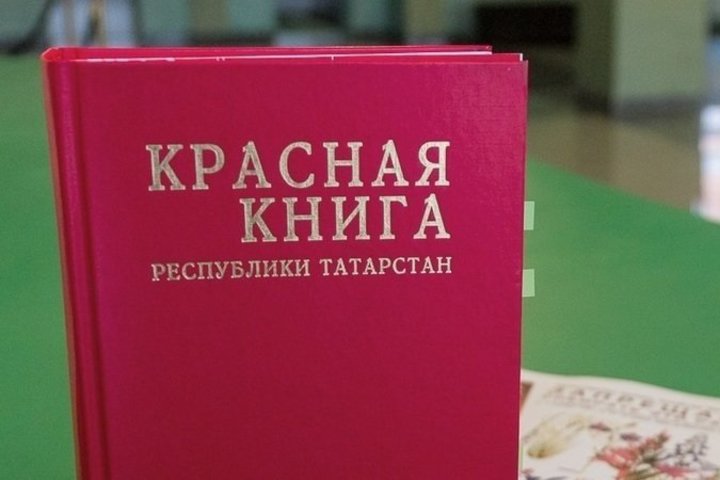
- The industrial and environmental index of Tatarstan is 57 points.
Here, both positive and negative aspects are also observed. On the one hand, an illegal dump with an area of more than 3.2 thousand square meters was discovered in Kazan, which negatively affected the index. On the other hand, an updated landfill for industrial waste was launched in Nizhnekamsk, and schoolchildren collected 366 tons of electrical scrap, which indicates the growing responsibility of business and society for the environment.
- The socio-ecological index of the region is at the highest level — 89 points.
In this regard, there were also both positive and negative events. For example, the negative was the cases of sewage discharge in Kazan, but at the same time the region demonstrated good results: 22 bridges were repaired, the number of cases of water pollution decreased by 30%, and Tatarstan became one of the leaders of the Volga Federal District in terms of environmental well-being.
Anastasia Fartygina
Подписывайтесь на
телеграм-канал,
группу «ВКонтакте» и
страницу в «Одноклассниках» «Реального времени». Ежедневные видео на
Rutube,
«Дзене» и
Youtube.
Search
RECENT PRESS RELEASES
Related Post
